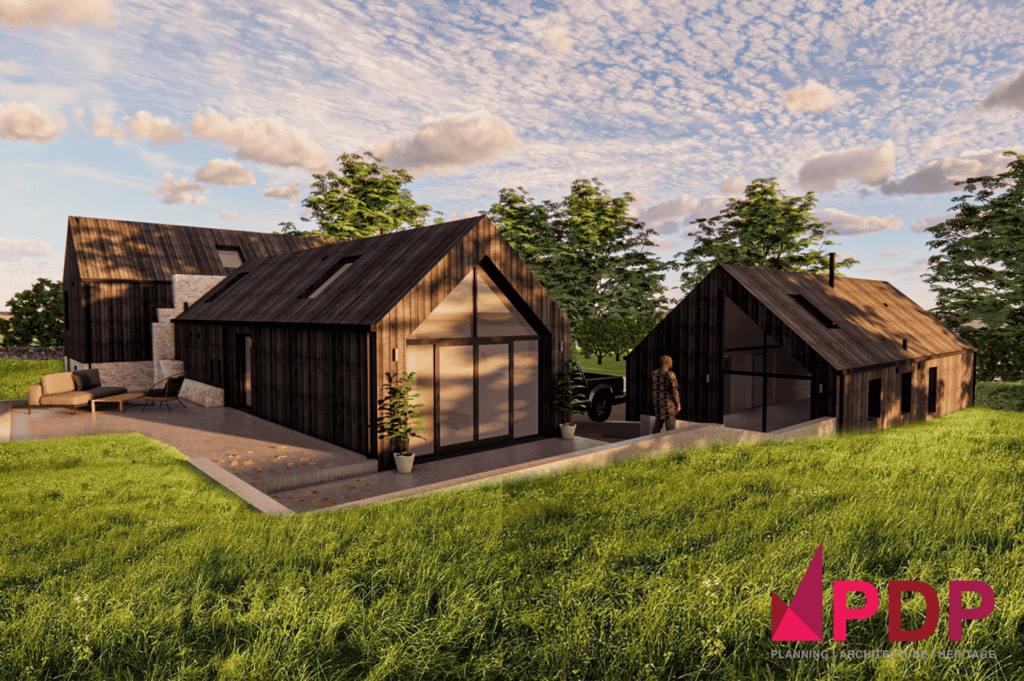The Planning and Design process – Part 1
The planning and design process can be a complex journey for those that haven’t carried out a building project before. At PDP we aim to simplify the planning and design process to give you the support you need at the right stages of your construction project.
As a multi-disciplinary practice consisting of Architects, Planning Consultants and Heritage specialists the services we offer can often overlap depending on the context of the project. With that in mind David Symons, our Senior Architect has set out the typical Planning and Design process you can expect to follow when working with us.
As a practice of RIBA (Royal Institute of British Architects) Chartered Architects, we typically think about the design process along the lines of the nationally recognised RIBA Plan of Work and the following stages. Regardless of the scale and scope of your project the stages set out below will always apply to some degree.
The 8 stages are:
- Stage 0 – Strategic Definition – Do you need an Architect?
- Stage 1 – Preparation and Briefing – Why do you need an Architect?
- Stage 2 – Concept Design – What ideas can an Architect offer?
- Stage 3 – Developed Design – What knowledge and expertise can an Architect offer?
- Stage 4 – Technical Design – How an Architect can help your project become a reality.
- Stage 5-6 – Construction, Contract Administration and Practical Completion – How an architect can help with a smooth construction process.
- Stage 7 – Use – How an architect can make sure your building keeps working for you in the future.
Whilst every project is unique and can follow its own path, we hope that the following guide will give you a greater understanding of your Planning and Design process when working with us and can help you understand where an Architect, Planning Consultant or Heritage Specialist can add value to your project.
Stage 0 – Strategic Definition – Do you need an Architect?
Starting at the very beginning, this is the stage of any project where we find out if building anything on your site is a) feasible or b) actually needed to achieve your goals.
At this stage we will talk with you to find out the best means of achieving your aims within your budget. We will carry out initial site appraisals to confirm any issues, constraints, or risks that your project may face, and we will give you our initial thoughts based on past experience of similar projects.
At this stage we will also ask; do you need a Planning Consultant. ? Is the site complicated with a lot or constraints? Will achieving planning permission be difficult? If the answer to these questions is yes, then we would always recommend the support of one of our planning consultants to help steer you through the planning process.
We will also ask; do you need a Heritage Consultant? Is the property a Listed Building, in a Conservation Area or World Heritage Site? If the answer is yes to any of these questions, then we would always recommend the support of one of our heritage consultants to provide the additional heritage background research needed to achieve an approval.
We typically carry out Stage 0 as part of our initial free enquiry.
At Planning & Design we believe that good design is a crucial part of the planning process. Getting the design of a project right is critical to gaining a successful planning consent and avoiding unnecessary delay and costs.
We understand that every project is unique and can follow its own path, and hope that this step by step guide gives you a clear framework for your own Planning and Design process when working with us. We look forward to working with you, to bring your designs to life.
For more information, or for a no obligation consultation to discuss your project or property please contact us on 01332 347371 or email enquiries@planningdesign.co.uk.
Further information on the planning and design process and RIBA Stages 1 to 7 will be published in subsequent installments.
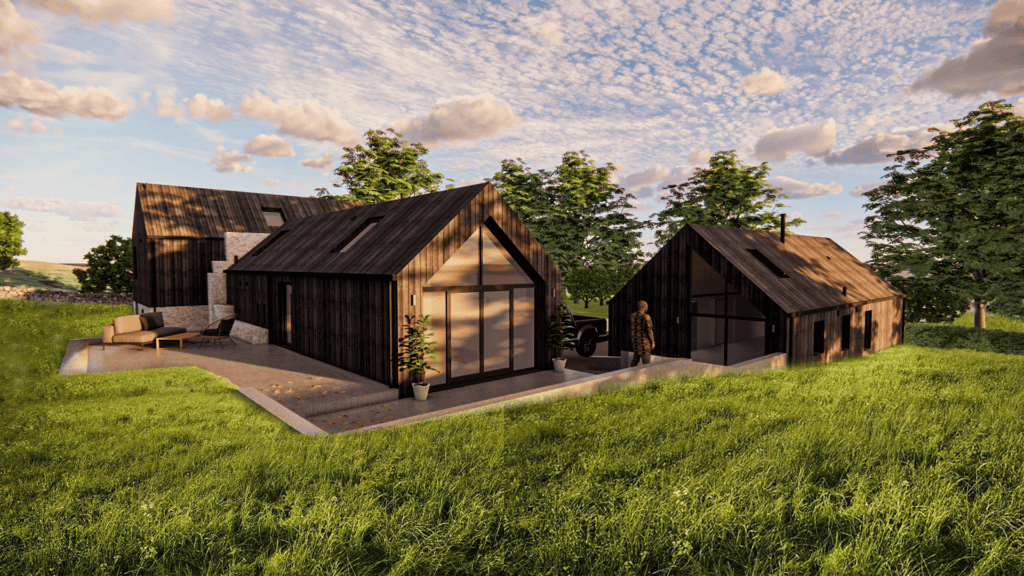
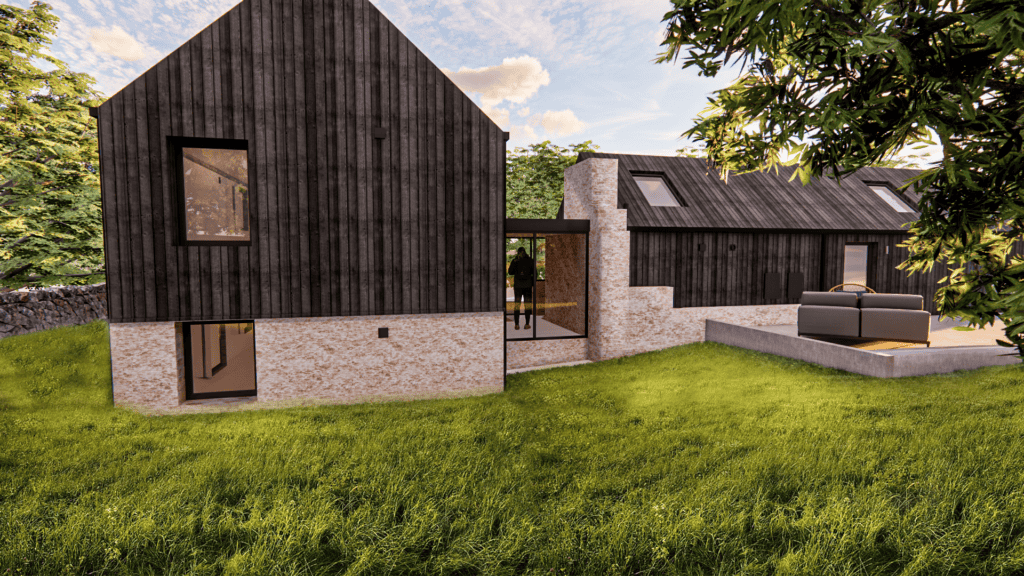
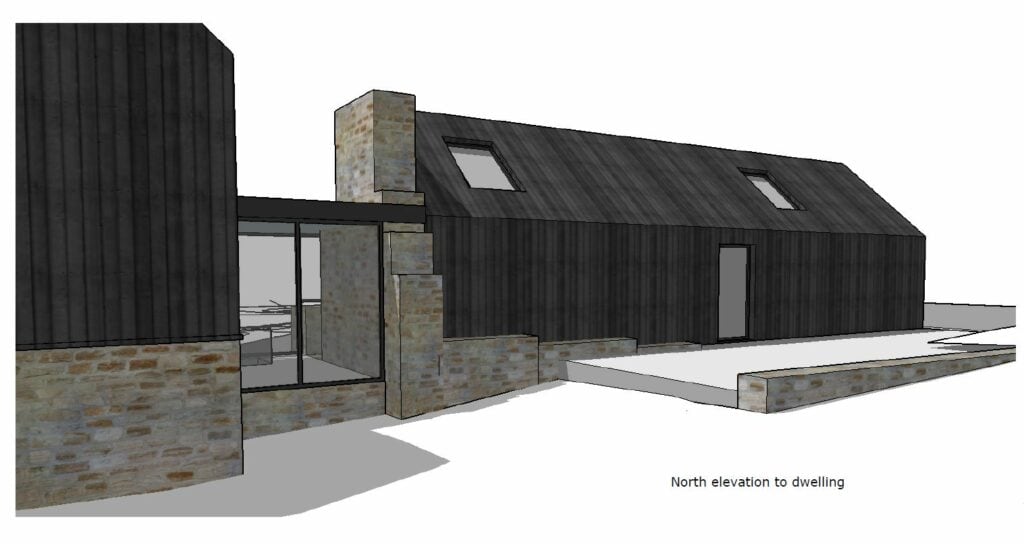
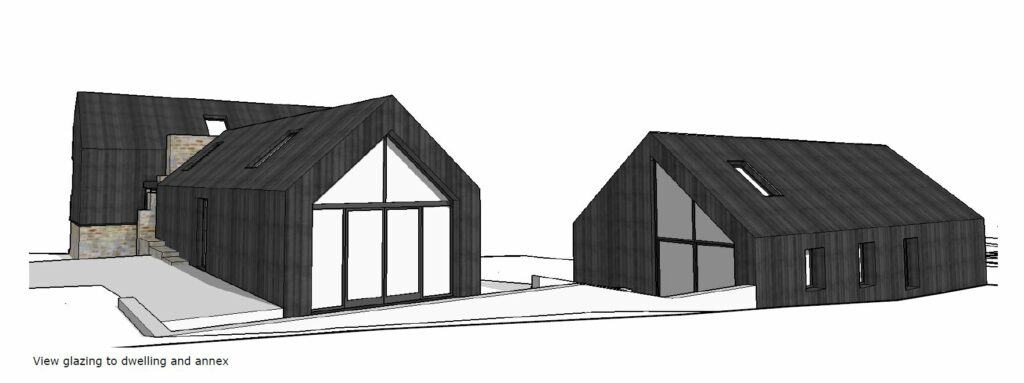
Images: Holly House Farm, Blackbrook
